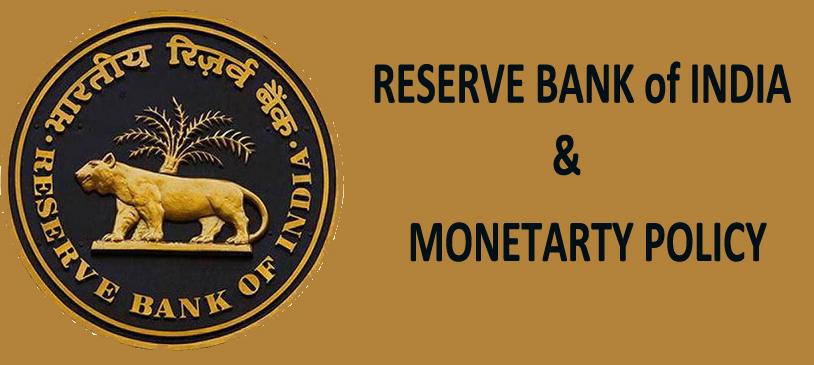RBI, Reserve Bank of India is the central banks also know as the government’s bank is the one which decides the monetary policy of India. Established at Kolkata in 1935, after the recommendation of Hilton Yong Commission, has also printed banknotes for Burma now Myanmar as well. Later after some years headquarter shifted to Mumbai and since then it is in Mumbai and operating from there. It was nationalized after getting Independence on 1st Jan 1949. C D Deshmukh was its first Indian Governor after independence.
RBI always form RBI governor chaired Monetary Policy Committee had six members. RBI chooses three members and the government chooses the other three from them. It is the committee which decides the Bank rate, repo rate, reverse repo rate, CRR, and SLR rates. But for a person who doesn’t know what all these rates are. Let me explain them in detail.
Bank Rate: It is the rate at which the central bank of the country lends money to all the banks in the country. It is a tool which RBI uses as a tool for short term purposes. Basically, they use it to control cash flow in the market. Any revision in bank rate indicates that interest rates on customer’s deposit are likely to either go up or go down. This also affects customer EMIs.
Current BANK RATE: 5.65%
Basis Points: It is the threshold limit fixed by RBI for the banks to lend loans to their customer. Below this limit banks cannot lend loan and above that, it depends upon the bank.
Current BASE POINT: 8.95-9.40%
CRR: Cash Reserve Ratio (CRR) is the amount of funds banks keep with RBI. If RBI increases CRR, the available amount with banks comes down. RBI uses this method to drain out the excessive money from the banks.
Current CRR: 4%
SLR: Statutory Liquidity Ratio (SLR) is the amount a commercial bank needs to maintain in the form of cash or gold, or government approved securities before providing credit to its customers.
Current SLR: 18.75%
Repo Rate: Repo Rate is the rate at which commercial banks borrows rupees from RBI. A reduction in the repo rate will help banks to get money at a cheaper rate. When the repo rate increases borrowing from RBI becomes more expensive.
Current REPO RATE: 5.40%
Reverse Repo Rate: In Reverse repo rate, RBI borrows money from the commercial banks. Banks are always happy to lend money to RBI since their money is in the safe hands with a good interest. An increase in reverse repo rate can cause the banks to transfer more funds to RBI due to these attractive interest rates.
Current REVERSE REPO RATE: 5.15%
